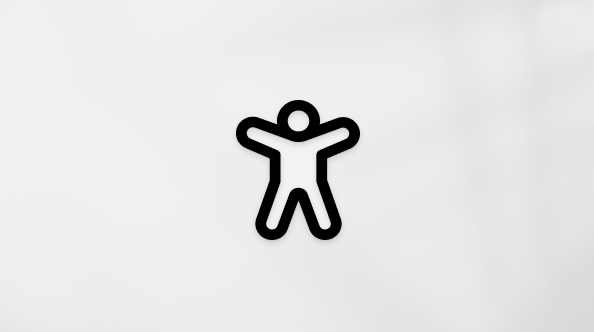Support for Windows 10 will end in October 2025
After October 14, 2025, Microsoft will no longer provide free software updates from Windows Update, technical assistance, or security fixes for Windows 10. Your PC will still work, but we recommend moving to Windows 11.
Multitasking in Windows allows you to efficiently manage multiple tasks and applications simultaneously, enhancing productivity and making it easier to switch between different applications. Windows offers several ways to multitask, including keyboard shortcuts, multiple desktops, and window management features.
Here are the main Windows features you can use to multitask:
Snap
The Snap feature allows you to quickly resize and position windows on your screen by dragging them to the edges or corners. This feature helps you work more efficiently by arranging multiple windows in a way that maximizes your screen space. For example, you can snap a window to the left side of the screen, and it will automatically resize to take up half of the screen, while you can snap another window to the right side to fill the other half.
You can snap a window to one side of the screen by dragging it to the edge, or by pressing the Windows logo key + Arrow keys.
For example, Windows logo key + Left Arrow snaps the window to the left half of the screen, while Windows logo key + Right Arrow snaps it to the right half.

After you snap a window, Snap Assist will display thumbnails of your other open windows, allowing you to choose which window to snap on another part of your screen. Snap Assist helps you create a more organized and efficient workspace by providing visual cues and options for arranging your windows.
Snap has many cool features. To learn more about it, see Snap Your Windows.
Task switch with Alt + Tab
The Alt + Tab keyboard shortcut allows you to quickly switch between open applications in the current desktop.
To use this feature, press Alt + Tab on your keyboard, and then release Tab. A window appears, showing thumbnails of all currently open applications. While still holding down the Alt key, you can press the Tab key to cycle through the applications. Each press of the Tab key moves the selection to the next application.
Once you release the Alt key, the selected application will come to the foreground.

Tip: In this view, you can also click/tap on any thumbnails to bring them to the foreground and close any open applications by selecting the close window button on top of the thumbnail.
You can choose how Alt + Tab behaves when switching between applications.
-
In the Settings app on your Windows device, select System > Multitasking, or use the following link:
-
Under Show tabs from apps when snapping or pressing Alt+Tab, select one of the following options:
-
Don't show tabs: This setting allows you to switch only between open windows on the current desktop.
-
N most recent tabs: This setting allows you to switch between open windows and also includes a certain number of recent tabs open in the Microsoft Edge browser.

Task view
Task view provides an overview of all open windows and multiple desktops. This feature is similar to Alt + Tab, but it offers a more comprehensive view. In Task View, you can click on any window to bring it to the foreground, create new desktops, and drag and drop applications between multiple desktops.
To open task view, you can:
-
Select the task view button on the taskbar
-
Press the Windows logo key + Tab

Tip: In this view, you can also click/tap on any thumbnails to bring them to the foreground and close any open applications by selecting the close window button on top of the thumbnail.
Multiple desktops
Multiple desktops are great for keeping unrelated, ongoing projects organized, or for quickly switching desktops before a meeting. Each desktop can have its own set of open applications, making it easier to separate work and personal tasks or different projects.

Here are the steps to create a new desktop:
-
Open task view: hover over the task view icon on the taskbar, or press the Windows logo key + Tab
-
Select New desktop
-
Open the apps you want to use on that desktop
To close a desktop, open task view, hover over the desktop you want to close, and select the close window button on top corner of the desktop thumbnail. Any open applications on the closed desktop will be moved to the next available desktop.
You can switch between desktops using the following options:
-
Using task view, which displays the thumbnails of your current desktops. Select the desktop you want to switch to, and it will bring that desktop to the foreground
-
Using keyboard shortcuts, by pressing the Windows logo key + Ctrl + Left Arrow to switch to the desktop on the left, and Windows logo key + Ctrl + Right Arrow to switch to the desktop on the right
-
With your mouse, hover over the task view button on the taskbar and select the desktop you want to switch to
Moving windows between desktops is a handy way to keep your workspace organized. Here's how you can do it:
-
While in task view, which displays the thumbnails of your current desktops, locate the application window you want to move. Select and drag the window to the desired desktop thumbnail, then release to drop the application onto the new desktop
-
While in task view, locate the application window you want to move. Right-click on the application window you want to move. A context menu will appear with options to move the window. Select Move to and choose the desktop you want to move the application to from the list of available desktops
You can configure some aspects of multiple desktops, including the possibility to choose different backgrounds for each desktop. To learn more, see Configure Multiple Desktops in Windows.










